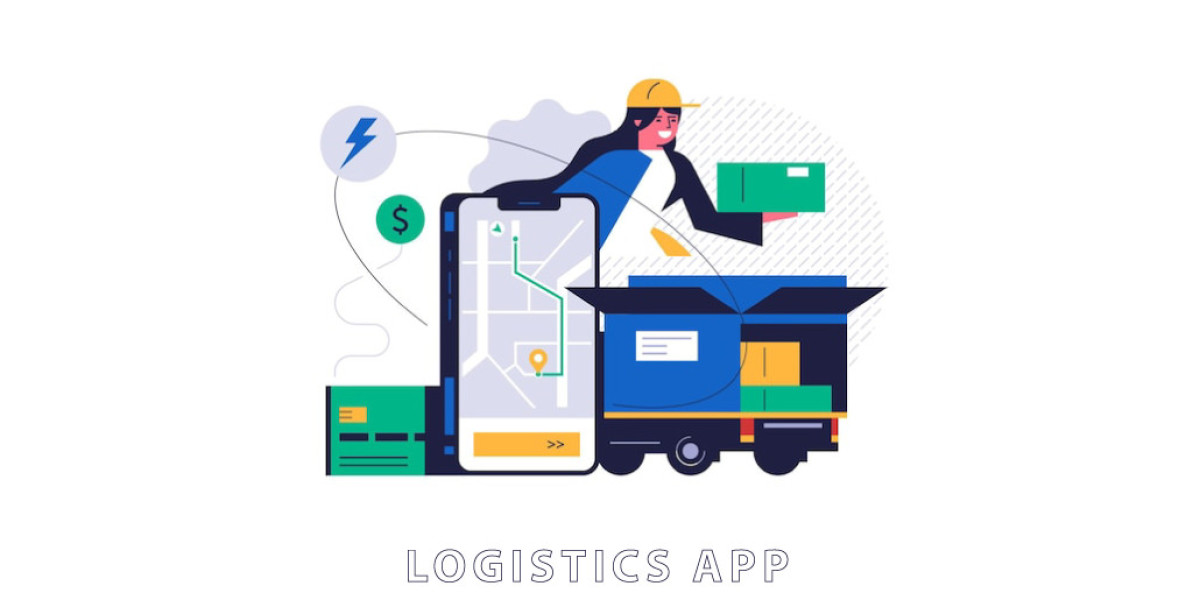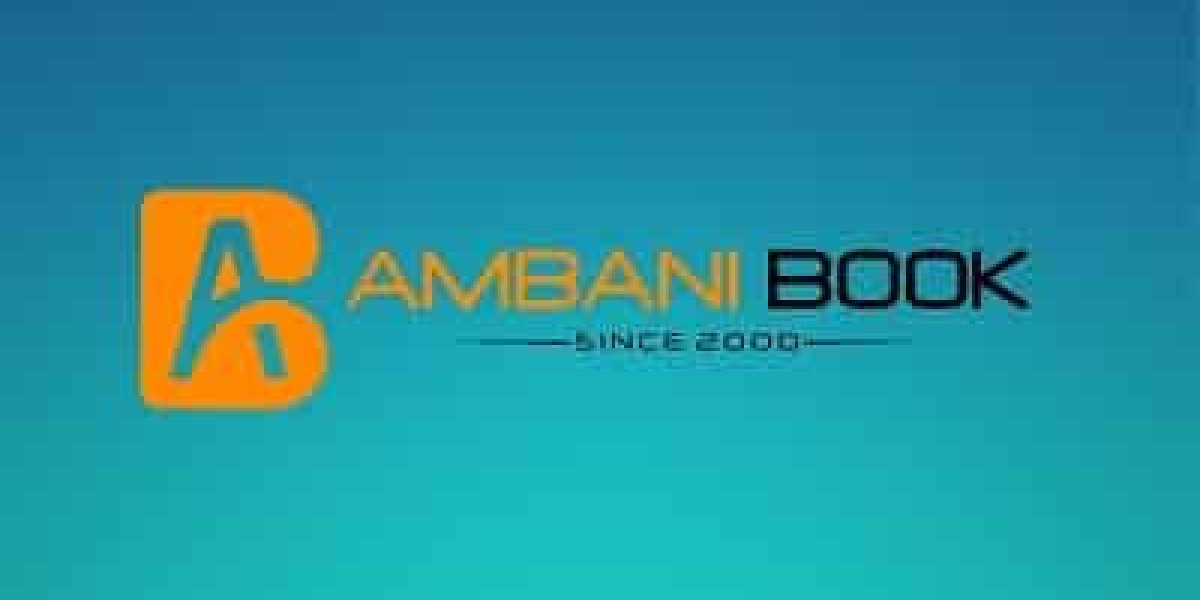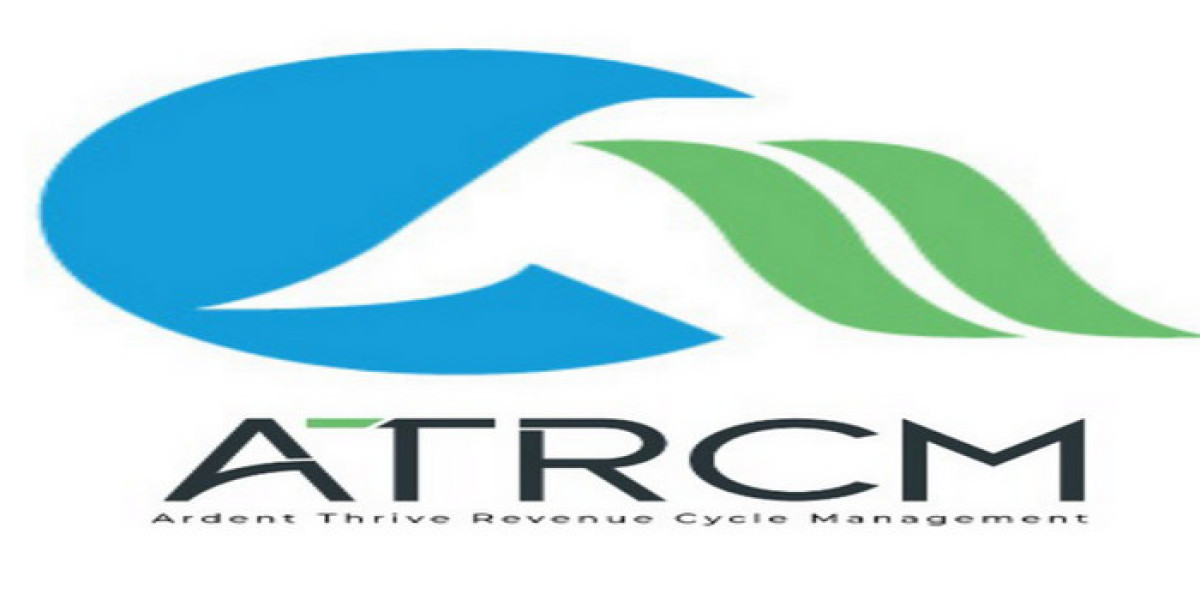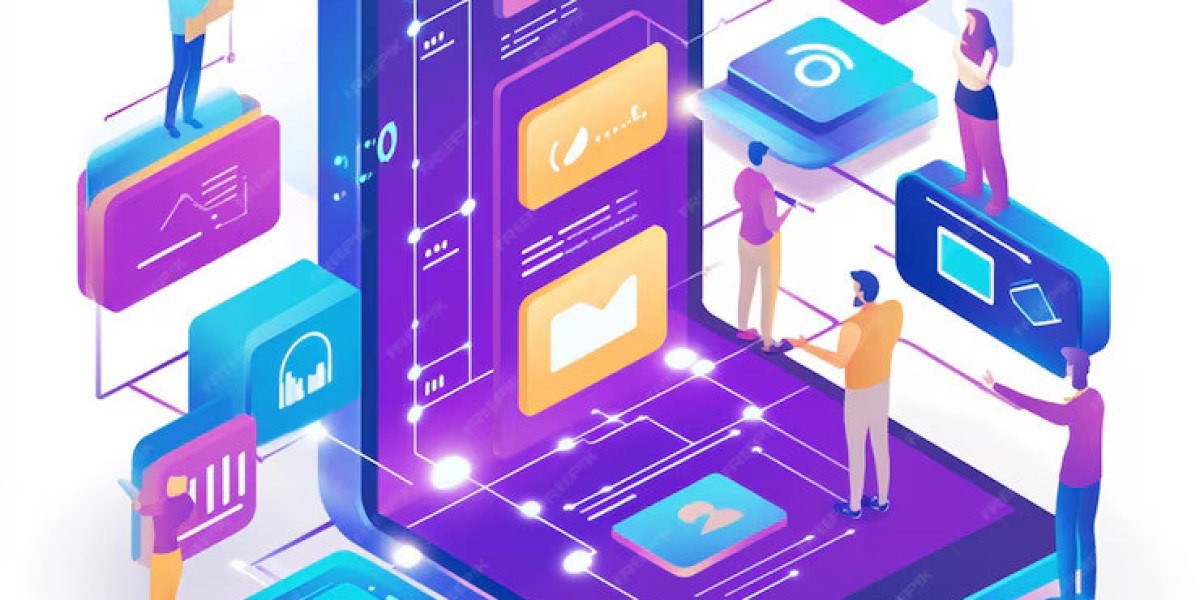Introduction
There is a radical change that is witnessed by the logistics industry and it is growing ahead of the workforce for managing vast and complex supply chains, transportation, and many on-demand industries. Every country's Economy contributes significantly to the logistics sector by increasing its presence across geographies. It is important to develop a proper logistics management system to track everything on a 24/7 basis in such a case.
The logistic firm follows a proper cycle only if the business cycle involves managing a warehouse, assuring proper delivery, tracking the fleet position, driver’s safety, and fleet maintenance. There is a good chance that a goods driver will drive approximately 30% of the miles empty, which could result in 70 percent of the truck's total capacity being utilized.
These figures could be different if businesses use efficient digital logistic solutions for managing freight operations like logistic app development. It has provided businesses with a high level of transparency in regard to freight operations and eliminated roadblocks that have attacked supply chain management.
Usually, every app has its own level of roles and functions.
It is important that you are aware of the types of logistic apps that would work best for your company and you should be able to come up with the best design technique for them.
According to the estimates, the global logistics market is expected to grow by $287.1 million in the next five years. In this article, we will make you know the essential factors to keep in mind while logistics app development and guide to logistics app development.
Logistics App Development: Why Do Transportation Companies Need It?
The on-demand services are becoming a necessity for various structural units in many units. The development of mobile apps by transportation companies helps increase client confidence and loyalty, reduce service costs, and streamline operations.
There are a number of areas in which logistic apps can be developed, including
- Transportation
- Routing
- Monitoring goods
- Forwarding
- Warehouse logistics
- Inventory management
- Transport management
Types of Logistics Apps
We have above discussed Logistics app development ideas but it is also important to keep in mind which type of mobile app can the logistics application development team provides.
We have below mentioned few applications that are demanding in the logistics industry,
On-demand Logistics applications
The ongoing trend is on-demand applications that can make huge benefits by using the app in your day-to-day business operations. It enables you to manage shipments and deliver things to users as needed. Also, you can communicate with your clients via the app for immediate inquiries.
Fleet management applications
The business can record real-time fleets with end-to-end management of the fleet application. You can just provide the app to the drivers of vehicles and manage everything by just sitting in your office. Fleet applications offer features that can make operations smooth.
Warehouse management applications
Managing warehouse is a tedious work without the usage of proper tools, whereas; a warehouse management application helps to manage store, and access warehouse data without inspecting the warehouse substantially. It can also be said, that you have a perfect supervisor at hand.
Tracking management application
Logistics tracking management applications track the whereabouts of the drivers, delivery boys, or shipment status. This application can help you to manage anything from anywhere.
The top-must-have features of logistic app development
There are three panels that group the logistics features together.
Panel for Customers,
Panel for Driver,
Panel for Admin,
The most important panels are of customers and drivers. You should make a serious exploration and make a customized rundown of elements to be coordinated in logistics applications. However, the usability of some of the features you want to be included must be modified.
Additions to the customer panel's features
Listed below are features that have to be integrated into the customer panel,
User Registration
This feature, like drivers, allows users to create a new account on the app and gain access to other logistics delivery-related capabilities.
Selection of Vehicles
The complete information about the vehicle that is available to the driver with the parcels should be there with users. This feature, like drivers, allows users to create a new account on the app and gain access to other logistics delivery-related capabilities.
Booking and managing orders
In this users can schedule or reschedule delivery and manage orders.
Payment Gateways
For the delivery of their shipment, the customer can select from a variety of payment options. Businesses can also integrate many digital payment solutions, such as e-wallets, QR code scanning, etc. along with cash and card payments.
Order tracking
Request following permits the client to follow the current status of the request and when it is assessed to convey to them.
Real-time notification
Users can sit and relax, while the push notifications show all details to them regarding their order status in real time.
Estimated fares
It is important that the logistics partner informs the users regarding fare estimation for getting a shipment delivery. It has the feature of an inbuilt calculator that can be really efficient and helpful in case. Moreover, the normal passage as per area and sort of item to be conveyed can likewise be estimated.
Feedback Section
Users ought to be provided with a feedback site with a review section where they can provide feedback on their shipping experience.
In-app chat support
If chatbots are integrated, they can easily resolve basic customer inquiries, which can have a significant impact on the user experience. It also has an in-app chat support feature that helps users to connect quickly with the customer support team.
Additions to the driver panel's features
Below is the list of features that needs to be integrated into the drivers’ panel,
Login/Registration
The driver needs to sign-up for creating an account by email on social media platforms.
Managing Requests
Drivers can accept or reject dispatch requests based on their convenience, preferences, and needs.
Live Dashboards
A 360-degree overview is processed with the help of a live dashboard.
Profile management
The drivers can update information that is important for admins by managing profiles.
Navigation and live GPS tracking
That is the most crucial characteristic since it assists in recommending the optimal route for delivering the package on time.
Freight or Shipment details
A piece of complete information regarding freight needs to be completed by drivers. Before preparing a delivery, it includes things like the product's weight, the distance to be traveled, fuel consumption, and so on. Apart from this, shipment details like customer’s name, address, contact details, etc for coordination of the deliveries.
Push Notification
This feature gives timely updates about the status of shipment. The driver will also share the completed delivery option with customers and the admin when the product is delivered.
Additions to the admin panel's features
We have chosen a few essential features that need to be added to the admin panel,
Live Dashboard
It consists of all the details about drivers and customers. The admin can check on all the completed as well as pending deliveries along with customer experience.
Fleet management
It allows the management of fleets broadly. This functionality can control operations such as fuel consumption management, delivery status, position tracking, driver action monitoring, and so forth.
Payment and invoice management
This feature allows you to easily manage and develop invoices for all the orders. Moreover, they can also analyze transactions that can approve payments with a few clicks.
Grievances Redressal
Because users' inquiries are promptly and effectively addressed, this feature ought to be the most seamless.
Conclusion
Because of technology solutions such as logistics mobile applications, the logistics business is evolving at an unforeseen rate. The processes involved in logistics and supply chain management have now become simplified and managed.
However, it is not an easy task to make a profound solution and you need an expert consultation in case that assist you in giving productive outcomes. The best option is to consult a logistic app development company that has experience in developing on-demand solutions.








